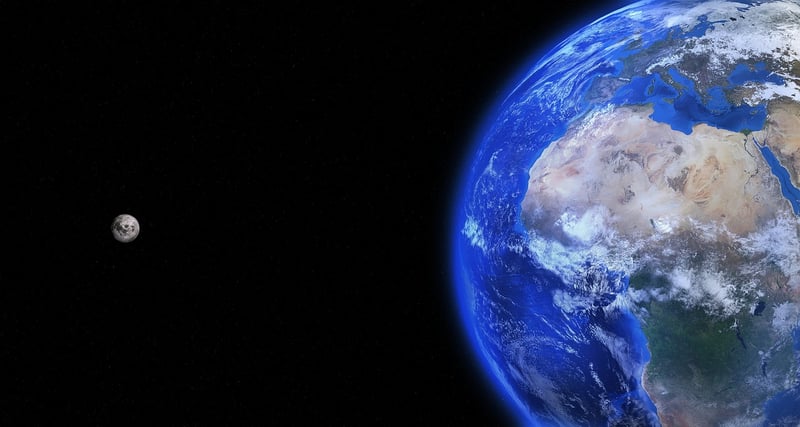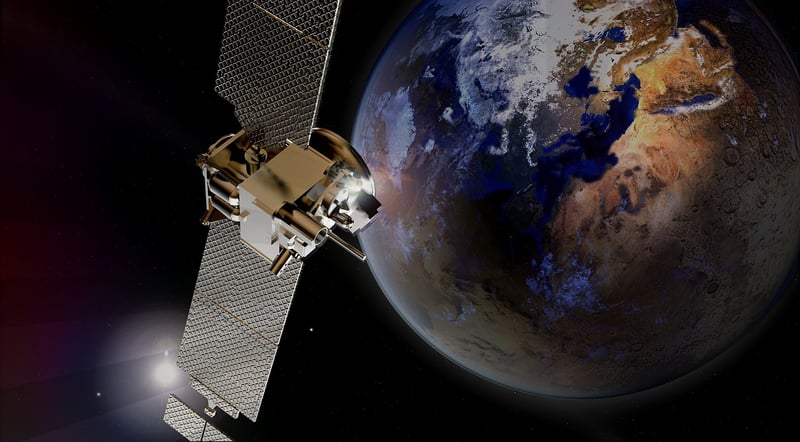Deep Space Probes
Exploring Beyond Earth: Deep Space Probes
Humans have always been curious about what lies beyond the confines of our own planet. Through the use of advanced technology and innovation, we have launched various deep space probes to explore the vastness of the universe. These robotic spacecraft have provided us with invaluable data and insights about distant planets, asteroids, comets, and other celestial bodies.
Benefits of Deep Space Probes
Deep space probes play a crucial role in expanding our understanding of the cosmos. Some of the key benefits of these missions include:
- Discovery: Probes help us discover new planets, moons, and other celestial objects.
- Research: They gather valuable data about the composition, atmosphere, and geology of distant bodies.
- Space Exploration: Probes pave the way for future manned missions by scouting potential landing sites and assessing environmental conditions.
- Technological Advancement: These missions drive innovation in spacecraft design, propulsion systems, and communication technologies.
Notable Deep Space Probes
Several deep space probes have achieved significant milestones in space exploration. Some of the most notable ones include:
- Voyager 1 and Voyager 2
- Cassini-Huygens Mission to Saturn
- New Horizons Mission to Pluto
- Curiosity Rover on Mars
Future of Deep Space Exploration
As technology continues to advance, the future of deep space exploration looks promising. NASA, ESA, SpaceX, and other space agencies and private companies are planning ambitious missions to explore Mars, Jupiter's moons, and even interstellar space. These missions will further our understanding of the universe and inspire future generations to reach for the stars.
Are you ready to embark on a journey through the cosmos? Follow the latest updates on deep space probes and explore the wonders of the universe!

Image Source: Pixabay
